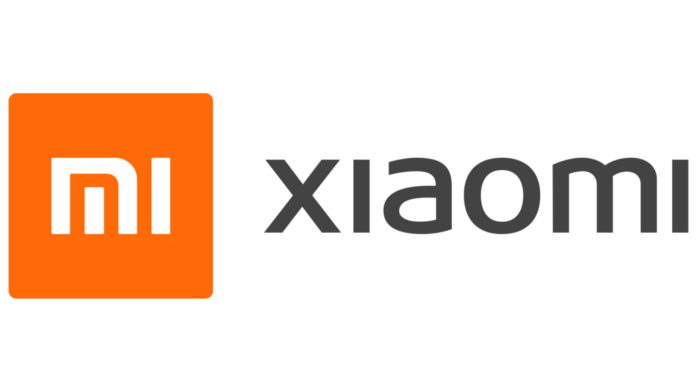Xiaomi Corp revealed a marginal increase in revenue in the third quarter, indicating a standstill in smartphone shipments amidst China’s sluggish economic recovery. The company, a major player in the smartphone industry, achieved sales of 70.9 billion yuan ($9.83 billion), surpassing analysts’ average forecast of 70.2 billion yuan from a survey conducted by LSEG. Bolstered by decreased component costs and enhanced operational efficiencies, the net income surged by an impressive 183% from the prior year, reaching 6 billion yuan, exceeding the anticipated consensus of 4.6 billion yuan.
This latest revenue surge represents a significant milestone, marking the company’s initial revenue upswing in nearly a two-year span. This pivotal achievement signals an optimistic trajectory for the smartphone giant. In recent times, the company has adopted a more assertive approach in its competition against Chinese rivals, strategically unveiling top-tier models both in the domestic and global markets.
This positive performance indicates a potential shift for Xiaomi after a prolonged period of stagnation. The launch success of its flagship Xiaomi 14 phone series hints at a possible sales resurgence, potentially boosting the holiday season in China, despite prevailing uncertainties in the consumer economy. Both Xiaomi and Huawei experienced an 11% surge in smartphone sales in October, notably within China, showcasing a positive trend in the global smartphone market. This surge marks a stark contrast to the pandemic-affected period, with Huawei’s launch of the Mate 60 Pro playing a significant role in driving this remarkable revival.
Xiaomi’s promising future has buoyed investor confidence, driving a remarkable $19 billion surge in the company’s market value since a low point in June. This optimistic outlook stems from the excitement surrounding the recent smartphone launches and the burgeoning anticipation of Xiaomi’s imminent entry into the electric vehicle (EV) market. Chairman Lei Jun revealed that Xiaomi accomplished the sale of more than one million units of its latest 14 series devices within the initial week of October. Furthermore, the company’s unveiling of a five-seater sedan, granted roadworthiness approval by Beijing, indicates an impending venture into the EV industry.
Xiaomi’s HyperOS, a versatile system connecting various devices like smartphones and TVs, is envisioned to expand its reach into Electric Vehicles (EVs), aligning with co-founder Lei’s ambitious pursuit as his ultimate entrepreneurial venture. Although Xiaomi’s entry into the EV market demands considerable time and resources, the company is strategically mitigating this by reducing expenses, particularly in marketing. This approach aims to counterbalance the substantial investment essential in this fiercely competitive domain.




































